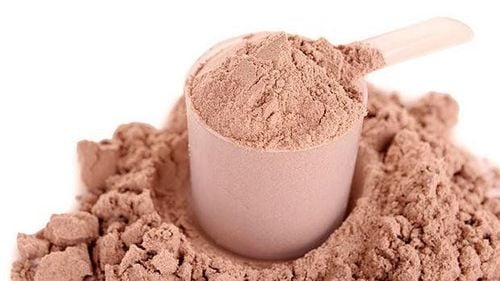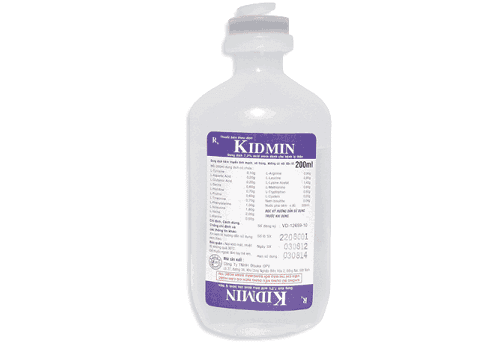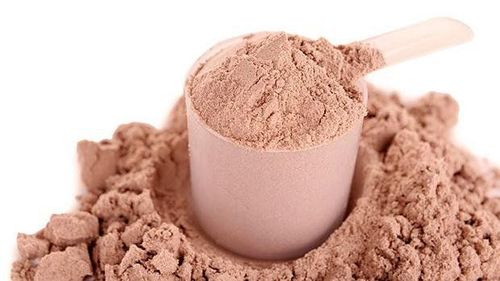This is an automatically translated article.
Not all proteins have the same nutritional value. Some forms of protein known as whey protein are better value than others because they contain an amazing range of essential amino acids and are quickly absorbed by the body.1. Origin of whey protein
Many studies show that whey protein can help you increase strength, gain muscle and significantly reduce body fat. Whey is not only protein, it also contains many other nutrients, some of which have powerful biological effects.
Protein powder is popularly used by athletes, especially those who train for the purpose of increasing muscle strength, this is a very good source of nutrients and amino acids. Or some people take whey protein because they are lactose intolerant or allergic to other protein sources, like eggs or soy.
Several studies have found that whey protein, when combined with strength training, can increase strength, muscle size, and body mass in lean individuals.
Some studies on whey protein as a potential treatment to help prevent excessive weight loss in people with HIV, or some other studies showing that whey protein helps prevent milk allergies in children formula feeding. When compared with cow's milk protein, whey also helps prevent the development of atopic dermatitis, eczema in children and slow cancer metastasis. However, further studies are needed to further understand the mechanism and confirm these findings.

Whey protein có thể giúp bạn tăng sức mạnh, tăng cơ và giảm đáng kể lượng mỡ trong cơ thể
2. Why use whey protein?
Whey protein is the liquid part of milk that is separated during cheese making, and the composition of whey contains two main types of proteins: casein (80%) and whey (20%).
During cheese making, the fatty parts of milk are coagulated and whey is separated from the cheese as a by-product. If you've ever opened a yogurt container and found liquid floating on top of yogurt, it's whey.
After being separated in the cheese making process, whey goes through various processing steps to become what people commonly call whey protein - a powder that is shaken to make, a meal replacement (meal) replacements) and protein bars.
Because whey protein has no taste, manufacturers often have to add flavors such as chocolate, vanilla and strawberry are three common flavors.
Before use, users should carefully read the ingredient list of whey protein as some products may contain unhealthy additives such as refined sugar.
3. How much whey protein should you take?
Because the quality and active ingredients added to whey protein can vary from manufacturer to manufacturer, there is currently no established standard dosage specific for each specific audience such as age, condition, and age. health status and gender.

Trước khi sử dụng Whey Protein, nên đọc kỹ danh sách thành phần của whey protein
4. Side effects of whey protein
Ideally, you should discuss with your doctor before using any supplement, especially if you are pregnant or breastfeeding.
Here is more information about taking whey protein:
Side effects: Most people tolerate whey protein well, but taking too much can cause nausea, increased bowel movements, thirst, cramps , flatulence and headaches. Risks: People with allergies or sensitivities to milk should not use whey protein because it can cause allergic reactions. Note if you have kidney disease, talk to your doctor before using any protein powder. Drug Interactions: If you take any medications or supplements regularly, talk to your doctor before you start using whey protein. This is because whey protein can interact with antibiotics and certain medications such as Fosamax to treat osteoporosis or levodopa used to treat Parkinson's disease.
Please dial HOTLINE for more information or register for an appointment HERE. Download MyVinmec app to make appointments faster and to manage your bookings easily.
Reference sources: Webmd.com, Healthline.com












